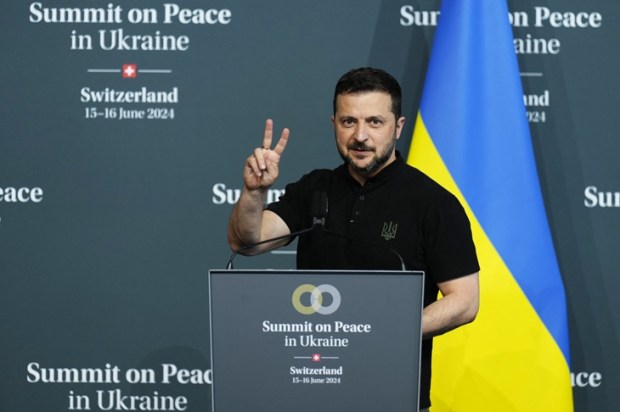Last week, Australia’s children’s commissioner, Anne Hollonds, spoke passionately about the myriad impacts children and young people had endured due to Covid lockdowns and school closures. She outlined, for example, the mental health impacts like self-harm and depression and highlighted those children living with poverty and disadvantage had suffered the most.
Already a subscriber? Log in
Subscribe for just $2 a week
Try a month of The Spectator Australia absolutely free and without commitment. Not only that but – if you choose to continue – you’ll pay just $2 a week for your first year.
- Unlimited access to spectator.com.au and app
- The weekly edition on the Spectator Australia app
- Spectator podcasts and newsletters
- Full access to spectator.co.uk
Or


























Comments
Don't miss out
Join the conversation with other Spectator Australia readers. Subscribe to leave a comment.
SUBSCRIBEAlready a subscriber? Log in